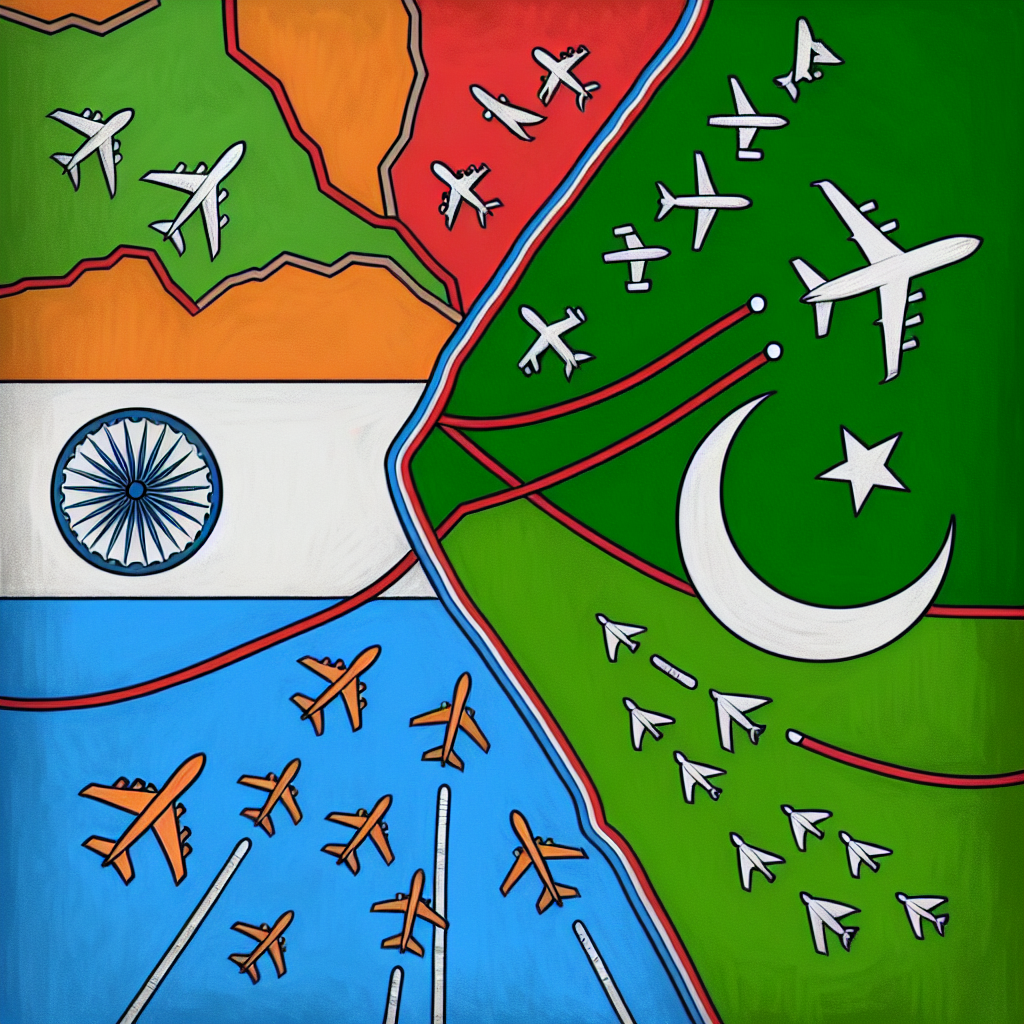Recent conflict between India and Pakistan has drawn attention to the geopolitical game at play in the region.
As intense aerial clashes erupt between India and Pakistan, international analysts have pointed out that China is leveraging its military support to Pakistan to intervene in South Asian affairs and covertly gather Indian military intelligence.
According to data from the Stockholm International Peace Research Institute (SIPRI), 81% of Pakistan’s military imports come from China, including J-10C fighter jets, missiles, and anti-aircraft radar systems. Senior researcher Siemon Wezeman noted that China is filling the void left by reduced US arms sales and has become Pakistan’s primary source of military supplies.
CNN reported that Pakistan claimed to have shot down multiple Indian aircraft, including French-made Rafales, using J-10C jets. Although India has not confirmed any losses, Chinese weapons have become central to the ongoing conflict.
Veteran journalist Fang Wei pointed out that despite lagging behind India in military spending, GDP, and foreign exchange reserves, Pakistan is able to “punch above its weight,” likely due to China’s backing.
According to Global Firepower rankings, India boasts over 1.4 million active military personnel, with a defense budget nine times larger than Pakistan’s. India also possesses over 4,200 tanks and 2,000 aircraft, ranking fourth globally in overall military strength, while Pakistan’s military relies heavily on Chinese and Turkish weapon technology with only 650,000 active personnel.
Reuters cited analyses suggesting that China is testing its weapon systems through this proxy war and gathering vital intelligence on Indian missile deployments, flight paths, and command structures. This conflict serves as a “training exercise” for China.
Singaporean security analyst Alexander Neill noted that this is a real-life exercise taking place along China’s border. China not only uses satellites for surveillance but also dispatches a large number of “militia fishing boats” and control ships into the Indian Ocean for monitoring and reconnaissance.
The International Institute for Strategic Studies (IISS) disclosed that China currently has over 115 military reconnaissance satellites in orbit, second only to the US. CNN pointed out that the India-Pakistan conflict has evolved into a “real arena of confrontation” for military technology from both the East and West.
Historically, around 80% of India’s major weapons came from Russia. However, in the past four years, this figure has halved. Currently, over half of India’s weapons imports are from the US, France, and Israel, while Pakistan almost exclusively uses Chinese equipment.
Although China has not directly engaged in combat, it is using this opportunity to test military performance, gather intelligence, and quietly expand its influence in South Asia.
The evolving actions of China behind this conflict will continue to be closely monitored.

